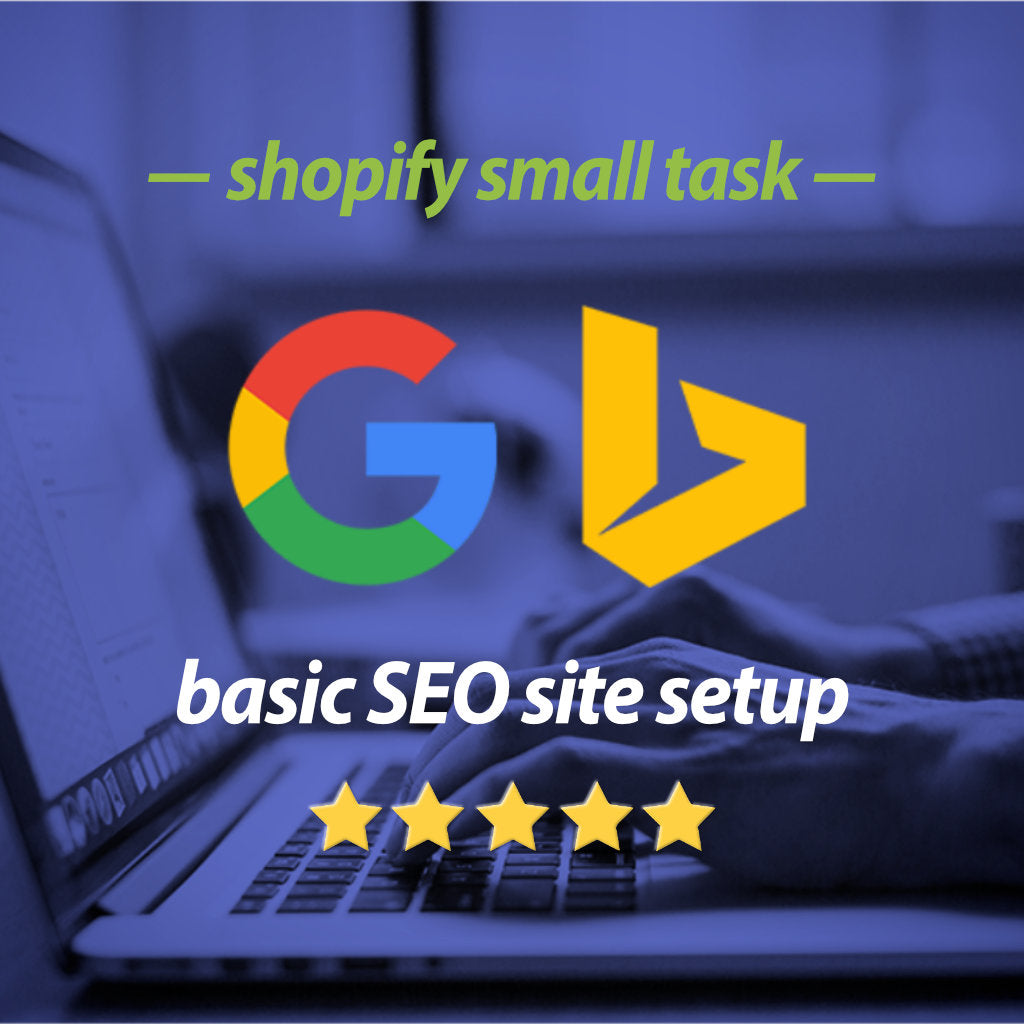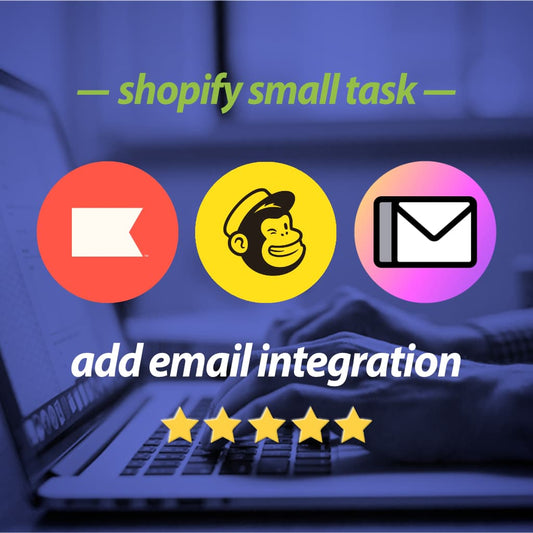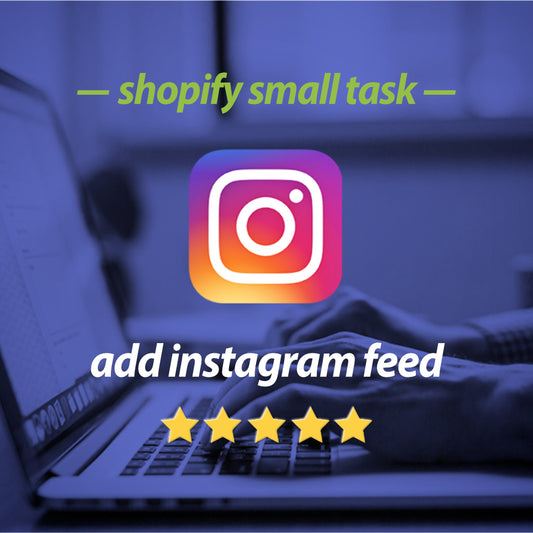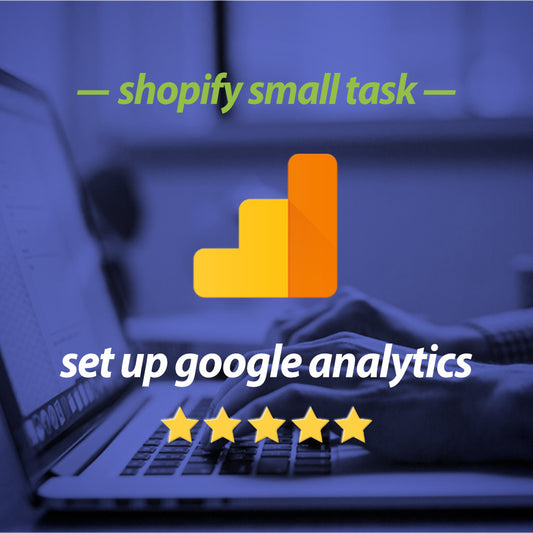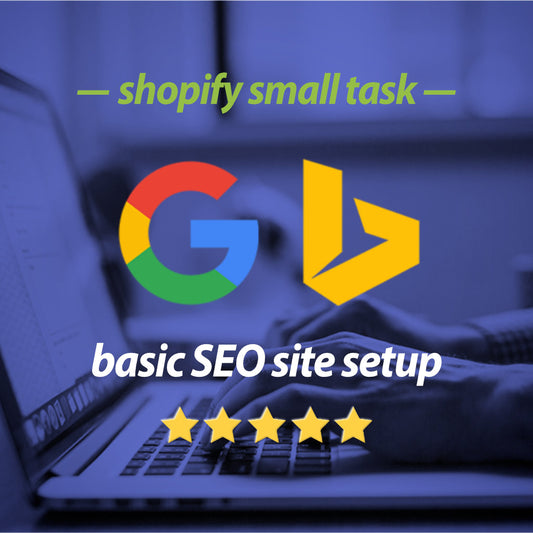Google & Bing site verification and sitemap submission
Google & Bing site verification and sitemap submission
Regular price
$74 USD
Regular price
Sale price
$74 USD
Unit price
per
Couldn't load pickup availability
Set up your Shopify store for SEO success by verifying your domain and submitting your sitemap so your site can be crawled by the major search engines: Google & Bing
Includes:
- Site verification of your domain with Google and Bing via HTML code
- Sitemap submission to Google Search Console and Bing Webmaster Tools
- Screenshots of above actions for your reference
Requires:
- Log-in permission to your Shopify store admin for addition of HTML verification code
Timing: 7 days
Got questions? Click here to book a call.
Refund Policy
Refund Policy
Our refund policy lasts 7 days**
**If 7 days have passed by since your purchase, unfortunately we can’t offer you a refund.
Due to the nature of our services, we can only offer full refunds for services that haven't commenced, or partial refunds for services that have been partially completed at the time of cancellation.
We cannot offer refunds for services that have been completed at the time of cancellation.
For more details, please read our Terms & Conditions.

FaQ
Should I connect my Shopify site with Google Search Console?
Do I need a sitemap page on my Shopify site?
What is the purpose of creating sitemap pages on Shopify?
Does Shopify have free traffic?
How can I get my products listed on Google Shopping for free?
Where does Shopify traffic typically come from?
Shopify Services & Add Ons
-
Shopify Custom Tasks
Regular price From $74 USDRegular priceUnit price per -
Shopify Support Package
Regular price From $299 USDRegular priceUnit price per$399 USDSale price From $299 USDSale -
LIVE Shopify consulting
Regular price From $74 USDRegular priceUnit price per -
Add email marketing app
Regular price From $119 USDRegular priceUnit price per -
Add an Instagram feed
Regular price From $74 USDRegular priceUnit price per -
Install custom font
Regular price $74 USDRegular priceUnit price per -
Set up Google Analytics
Regular price $74 USDRegular priceUnit price per -
Google & Bing site verification and sitemap submission
Regular price $74 USDRegular priceUnit price per

